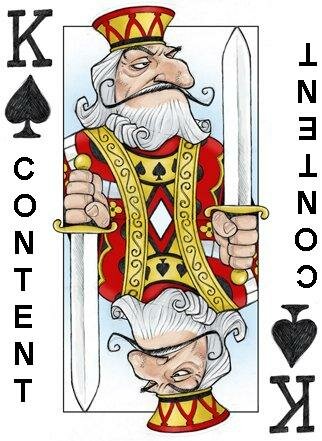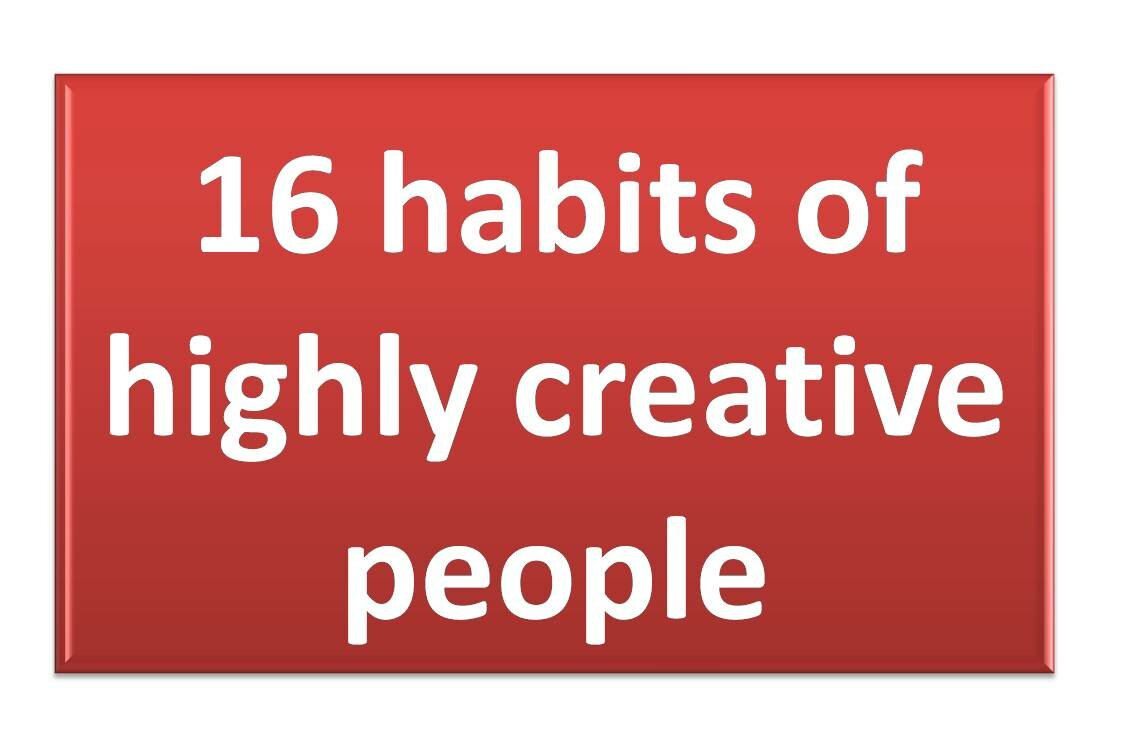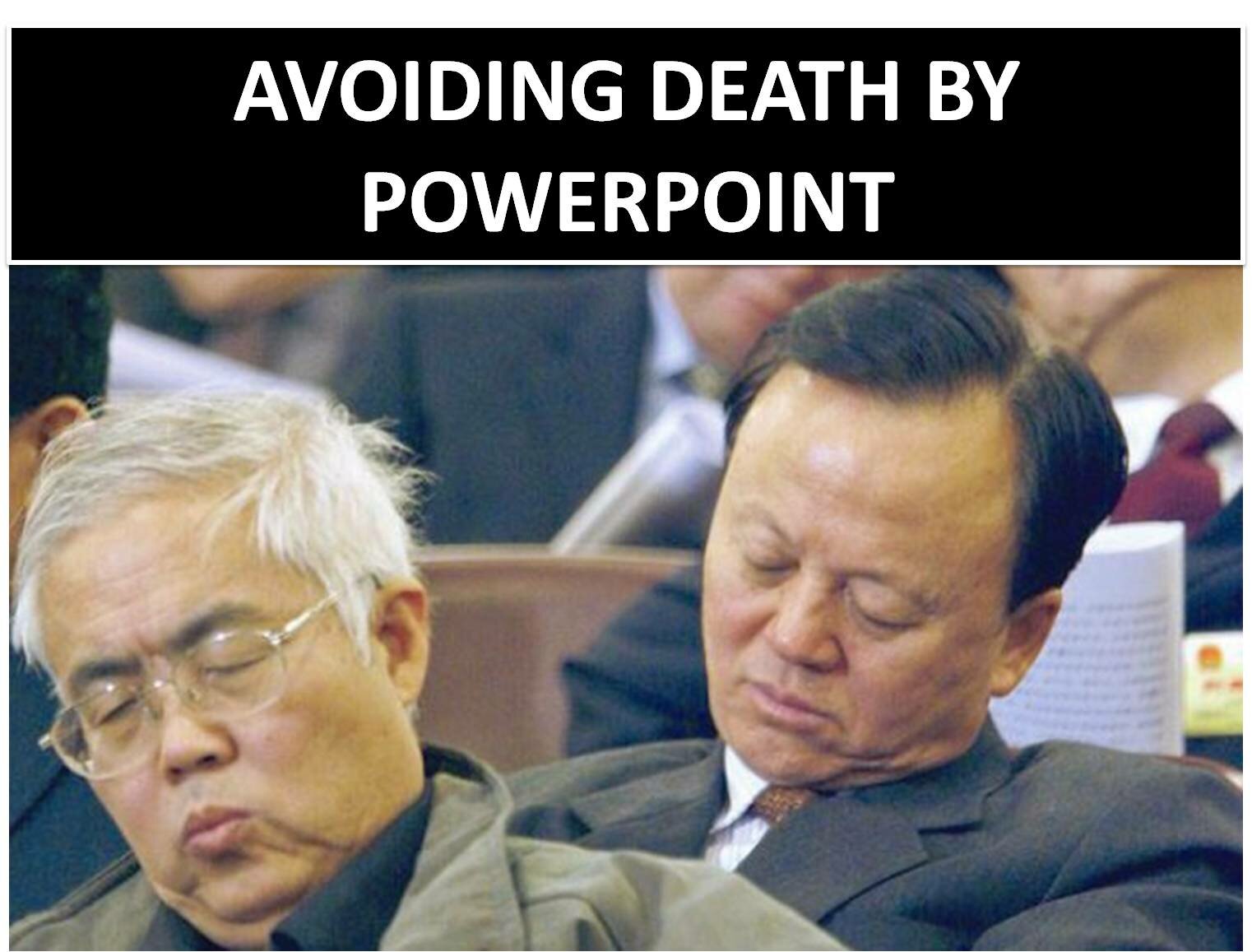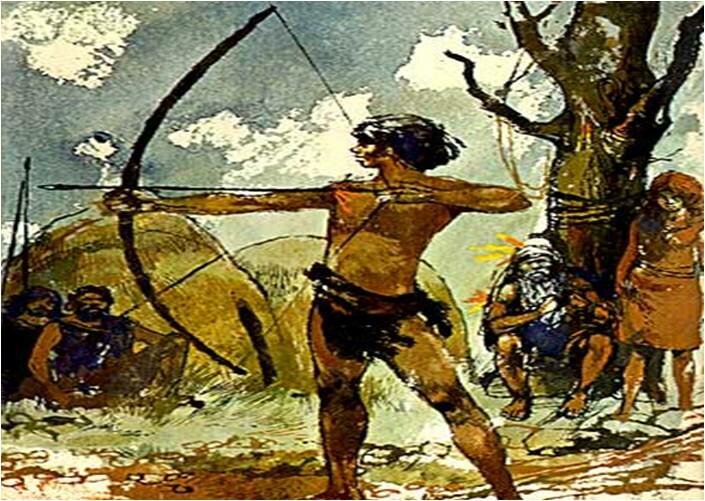The Hopi and the Temporal Paradox!
|
|||||||||
Sabeena Mazumdar | Jan 15, 2010

To me, there is no mystery greater than the mystery called time.
We have a persistent feeling of events receding into a past of non-existence. The future is a nebulous void. The present moment is all that we experience and therefore grant it a higher level of existence.
But as soon as we become aware of the present moment, it turns into the past. It is like the flash of lightning that appears and disappears. As events flow in succession, we are left wondering what this freaky ride from birth to death is all about.
Apparently, time is a continuum consisting of the past, the present and the future.
Generally, when we think of time we think of the ways in which we measure the passing of time such as hours and days. We do not think of time itself. Time is seen as a measuring system that we use to sequence events.
But what is it that we are measuring?
We may say that the next train will come in 45 minutes. While this information is useful, it says nothing about what it is that we are measuring. What interests me is the nature of the ‘interval’. What happens when time passes?
A bud blossoms into a flower. Once in full bloom, it starts withering away slowly. Everything around us goes on changing. What brings these changes about? The obvious answer is time. But what is time?
Time is what life is made of. Time is what we have when we are alive. As a necessary attribute of existence, it is very obvious. And yet, it completely eludes us as it has no form.
HOW WE SENSE TIME
Time is the main factor for the ‘persistence’ of existence and for the change to happen. Interestingly, change is caused by time which in turn enables us to perceive change.
Time is a convenient paradigm to register the movements of the earth, the moon and other bodies in the space. Time is measured by motion and it also becomes evident through motion.
Time is the framework that allows us to put experience in perspective by placing events sequentially. It isolates events occurring in the same physical location. It prevents everything from happening simultaneously.
Different people perceive time differently. Even the same person perceives it differently at different times.
When we are engaged in an activity we love, time seems to fly. We experience timelessness. When we are doing something unpleasant, time seems to drag. Different stimuli alter our perception of time.
Small amounts of time are seen in a cyclical fashion – 24-hour clock, 7-day week, 12-month year – all repeating themselves. Long stretches of time, however, are seen in a linear fashion as they stretch on before us.
Time also appears to pass more quickly as one gets older. According to Stephen Hawking the perception of time is a ratio between the unit of time and time lived.
For example, one day to a one year old would be 1:365 while one day to a forty year old would be 1:14610. Therefore, one day appears much longer to a child than to an adult, even though the measure of time is the same.
All of which means that time is only in our mind!
TIME AND THE RELATIVITY THEORY
The universe is said to have emerged as a result of the Big Bang some 13.7 billion years ago. Before that, all matter was packed into an extremely tiny dot. That dot also contained the matter that later came to be the sun, the earth and the moon – the heavenly bodies that tell us about the passing of time.
Before the Big Bang, there was no space or time. The concept of time and space began exactly when the universe started expanding with the Big Bang. Space happened as the universe expanded. Time happened so that the changes in space could be noticed.
If space has three dimensions, time is the fourth one that reveals the movement of the objects in three-dimensional space.
Einstein says that we can imagine all of space and time represented as a four-dimensional space-time combo, which embodies all of the past, the present and the future of the universe.
According to this theory, the past, the present and the future have the same level of existence. Since our senses can’t absorb the totality of the space-time combo at once, we absorb it in parts.
What we absorb at a given time is called the present. What has already been absorbed is the past. What is yet to be absorbed is the future.
According to Einstein’s relativity theory, we have this illusion of a changing, three-dimensional world, even though nothing changes in the four-dimensional space-time combo.
The relativity theory also gives rise to the concept of time travel that involves moving backwards and forwards in time. Though theoretically possible, it is not known how far it is practical.
LIVING IN TIMELESSNESS

Finally, here is an interesting fact about a tribe, which is in perfect consonance with the relativity theory!
The language of the Hopi contains no words or expressions or grammatical forms that even remotely refer to time. For them, there is no such thing as the past, the present or the future. For them life is one big timelessness.
Now, however plausible the relativity theory may be, I am personally not comfortable with it. What I intuitively reject is the presupposition that the future is pre-determined. Secondly, the concept of time travel violates the concept of causality.
And yet, for some reason, the idea of the Hopi living in timelessness fascinates me. I would be happy to live among them.
Who knows, dropping the concept of time may bring about an understanding of time – a temporal paradox that I would love to experience!
Filed Under: Miscellaneous
|
|||||||||


















